When it come to sparkling wine, there’s no substitute for champagne. Well there is, but no ship worth its salt was ever launched with a bottle of prosecco. As the saying goes, “all champagne is sparkling wine, but not all sparkling wine is champagne”. As a global brand, champagne is fervently protected by the producers themselves, by numerous laws, and the many onerous rules of quality control.
I’ve often been amazed at the lengths humanity has gone to produce alcohol but, quite honestly, it’s a miracle that champagne ever gets made. That it does is testament to human endeavour and perseverance.


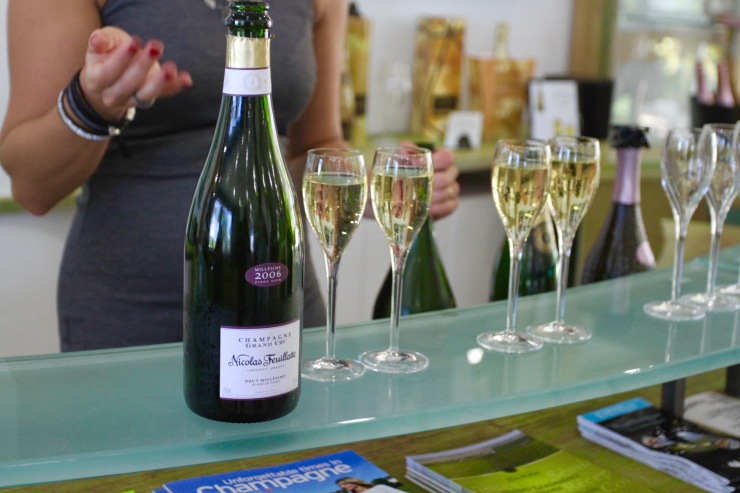
Only the Champagne region has the right to call its wines champagne, and the region is rigidly defined. The champagne Appellation d’Origine Controlée is even more restricted, only 318 villages can claim the designation – a cause of historic acrimony amongst those grape growers who fall just outside the boundaries. Those 318 villages all have the quality of their grapes designated as Cru, Premiere Cru or Grand Cru, which affects their value.
Growers have to adhere to inflexible rules covering all aspects of getting the fizzy stuff into your glass: the number of vines planted per hectare and the space between them; pressing the grapes and the volume of liquid produced from each kilo; dates and timing of harvesting; the entire wine making process; the date of bottling and the minimum time for maturation in the bottle … the rules are endless.
The méthode champenoise, where the wine goes through a second fermentation to naturally produce bubbles and stays in the bottle until it’s drunk, is the stuff of legend. Only producers from this region have the right to use the term. Other sparkling wines can only to refer to their production method as ‘méthode traditionnelle’. Take that cava and Australian sparkling chardonnay.
To understand the méthode champenoise we visited some of Épernay’s champagne houses, toured their production facilities, and stood surrounded by thousands of bottles in their cellars as the process was explained. Each tour ended by sampling the finished product, for research purposes, obviously.
Épernay is a small town of 24,000 people, but it plays an oversized role in the history of champagne. There are dozens of grand champagne houses, but what’s on the surface is nothing compared to what goes on beneath these splendid mansions. In Épernay, the real action takes place underground, amongst the millions of bottles of champagne being lovingly nurtured to maturity.
We toured the slick Moët & Chandon facilities, the much more down-to-earth and entertaining Champagne de Castellane, and the great champagne collective of Nicolas Feuillatte, located amidst rolling vineyards just outside Épernay. The tour of Nicholas Feuillatte was a lot of fun, and they produce some extraordinary champagnes to drink with food rather than as an apéritif.

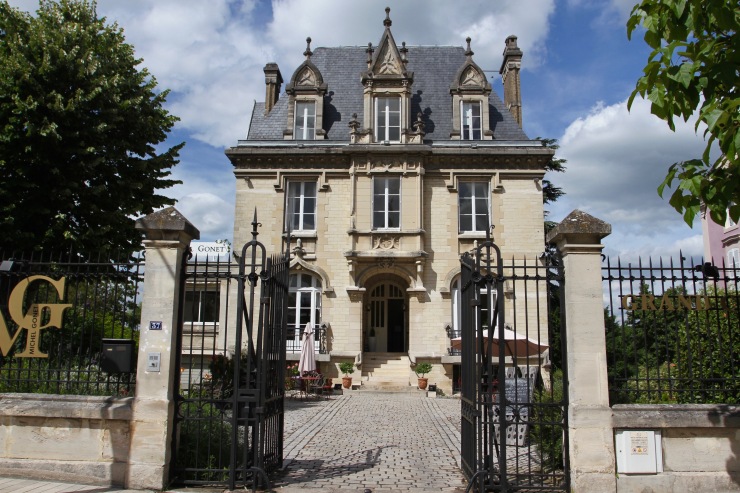



Ironically, bubbles in wine were considered a defect in the 16th and 17th centuries, and wine producers, including Dom Pérignon, spent their time trying to rid champagne of its fizz. Even more ironic, it was the English who started the craze for sparkling wines from Champagne in the late 17th century. France followed the trend shortly afterwards … the rest is history.
Until the 19th century champagne production was a lottery. Producers didn’t fully understand the role of sugar in the second fermentation, and much wine went to waste; huge numbers of bottles simply exploded because the pressure inside was too much for the inferior glass. Whole batches were lost. Perfecting the process took two centuries of experimentation.
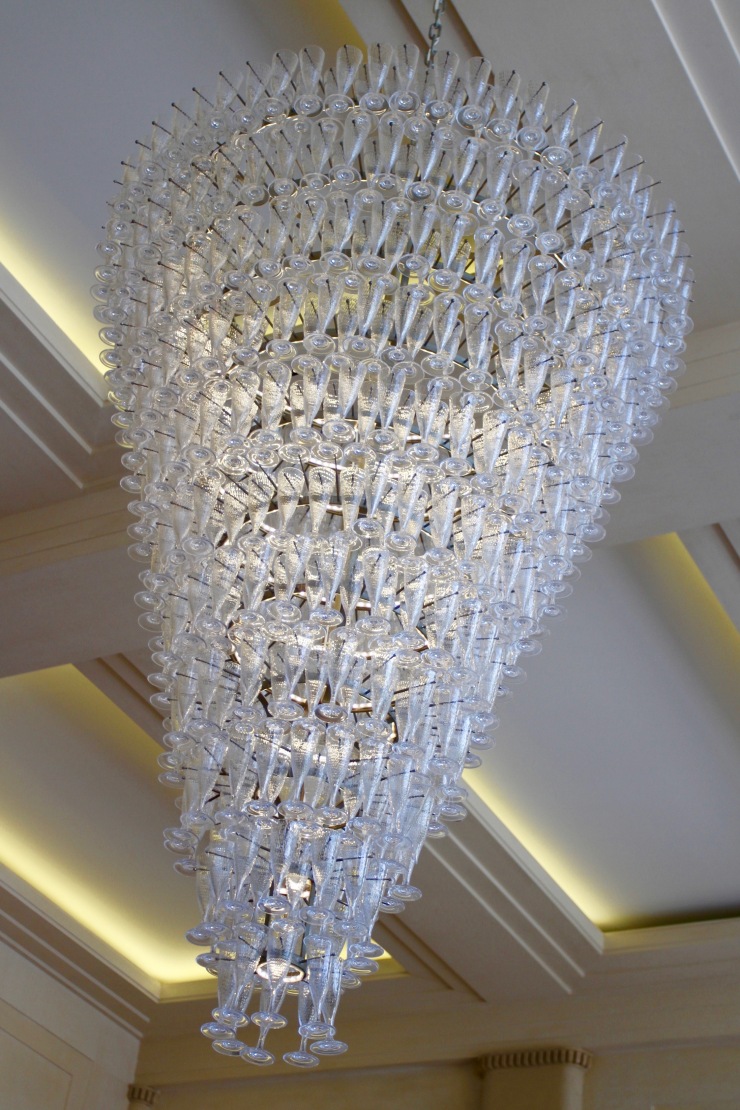
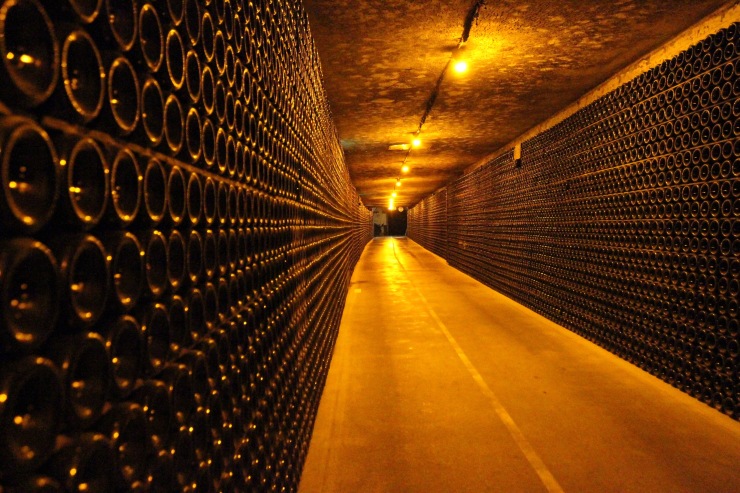

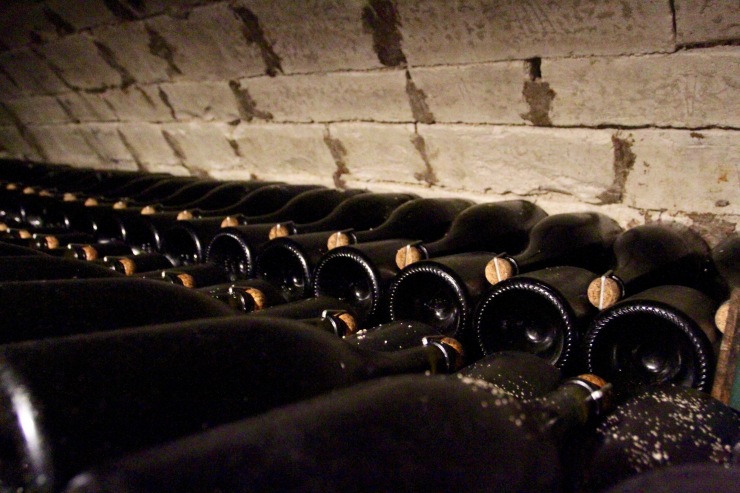

Today, the occasional bottle still explodes, but the production of champagne is now a science that leaves little room for error. That extends to the blending not only of the chardonnay, pinot noir and pinot meunier grapes, but to the testing and blending of several years’ worth of wine from numerous different estates. This ensures the non-vintage champagne tastes, more or less, the same each and every year.
This massive global industry seamlessly merges the ancient rules of champagne making with ultramodern technology and science. I’m still no expert, but I do have a far greater appreciation of what I’m drinking after our underground adventures in Épernay.












I toured Mercier just a couple of weeks ago!!!! My host family is from Champagne and owns vineyards there!!
Ah, we didn’t visit Mercier, did you go on the underground train?
Yes!!!!!! It was amazing!!
Plus, you get champagne at the end!
Cheers, hic 🙂